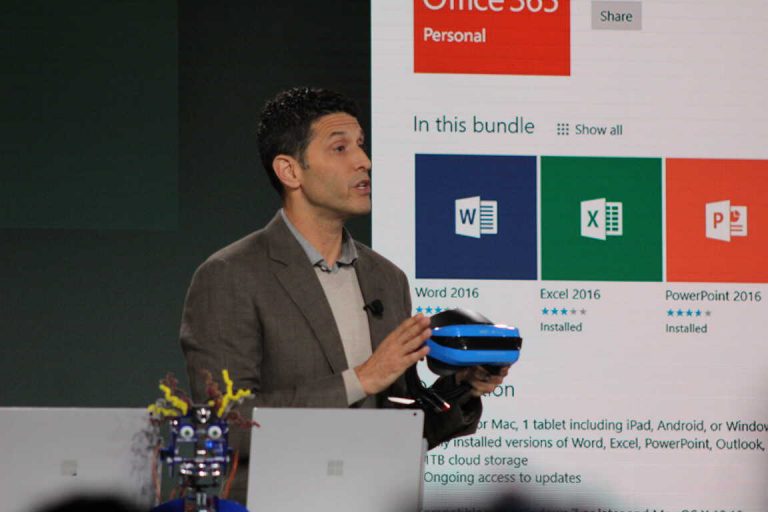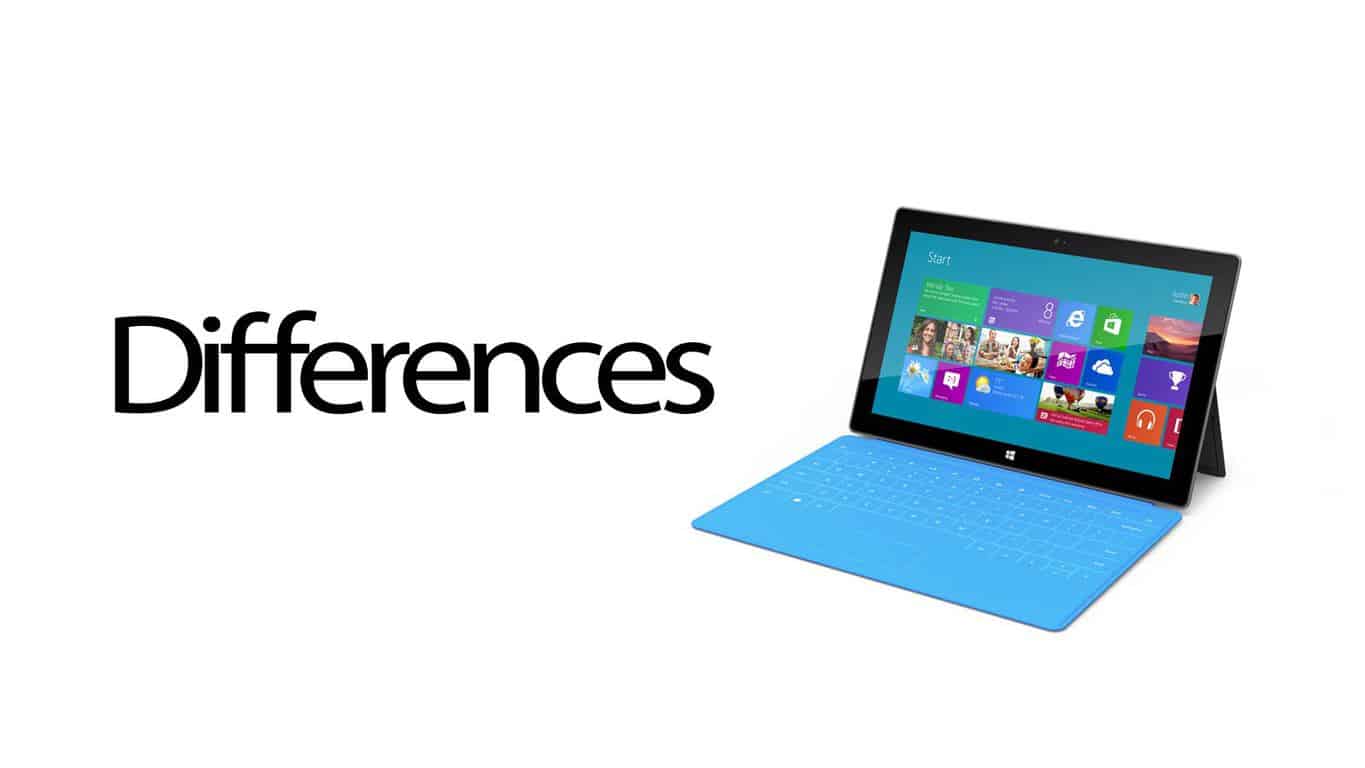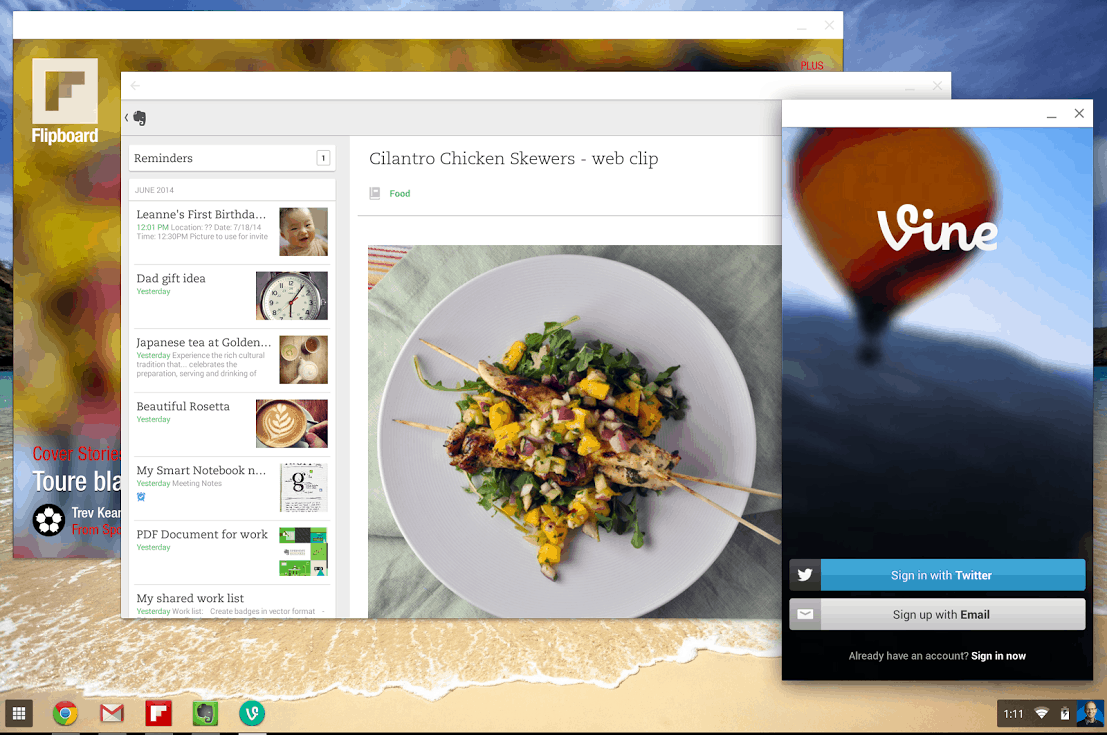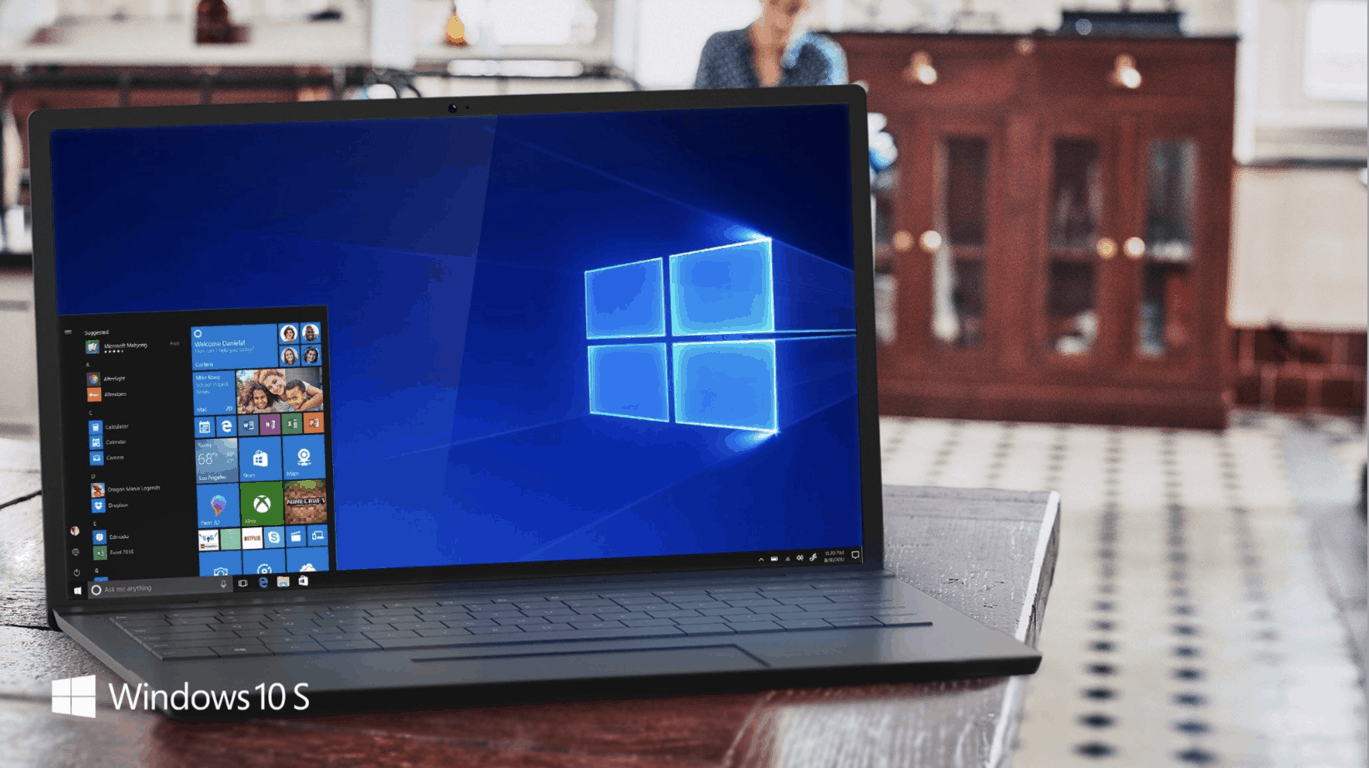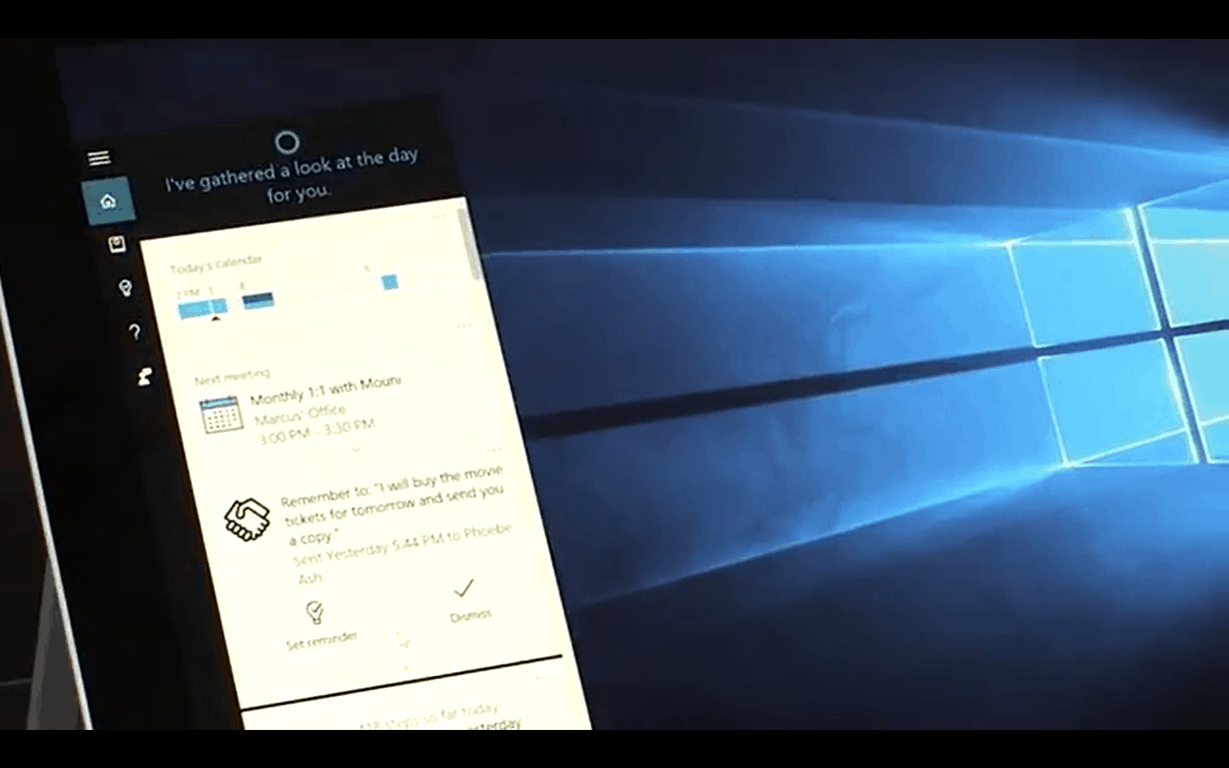On May 2, 2017, Microsoft loaded up the attendees at its education-themed event in New York into its concepts time machine and set its destination to October 2012.
The similarities between Microsoft unveiling of Windows RT as well as the accompanying Windows Surface RT tablet in 2012 and the newly introduced Windows 10 S and its showcased device Surface Laptop in 2017 are almost comically reflective.
A new splinter version of Windows accompanied by fancy new hardware seems to be a card played by Microsoft once before and to a lot of observers, the company is doomed to bust once more.
However, I believe that while Windows 10 S and Windows RT are eerily similar in their presentations, it’s the intangible elements that surround their unveiling that doomed one and will have the other succeeding.
The World has changed
In 2012 Microsoft introduced Windows 8 and alongside that unveiling, it served up an almost appetizer-like dish in Windows RT. Unfortunately, for Microsoft, its Windows RT dish was served on the same unappetizing plate as Windows 8 and thus marred by not only by the confusion of its splintered existence but the negative blowback its bigger brother operating system had received at the time.
In addition to its lackluster messaging, Microsoft also paired its plan B operating system with middling hardware in the Surface RT.
Here we are in 2017 and Microsoft is reintroducing its Windows RT strategy under the guise of Windows 10 S but repackaging into the world that teeming with use cases that warrant its presence.
ChromeOS and iOS lead the way
In 2012, Chromebooks were still the ugly stepchild of tech, extolling the virtues of a browser only lifestyle while the industry continued to watch the slugfest that was apps vs programs in iOS and Windows. Fast forward five years and Chromebooks have a growing presence in US educational sector while the all out street fight between Windows and iOS has settled to amicable sparring match thanks to evolving industry trends that see most people using a handful of apps, one or two speciality programs and running to a web browser for most other computing.
Coupled with the downward trend of casual tablet user and a retrenching in laptop hardware, the fight between mobile computing and more traditional desktop navigation has come to a standstill as users compartmentalize their computing needs.
In the five-year gap between the launch of Windows RT and today, big names in software got dangerously good at streaming cloud computed, machine learned and artificial intelligent derived information to users. The need for raw hardware processing power had been minimized and many developers became adept at packaging information in resource friendly means.
In part, due to the industry leaders evolving their software platforms for the web, many users are finding themselves cleaning out their hoarded .exe cabinets and settling on www. destinations for a majority of their computing needs. Once again, ChromeOS had been an idea ahead of its time but still hobbled by the occasional necessity of more traditional programming due to various developer reasons.
Had this future been as clear in 2012 as it is today, Windows RT may have had a fighting chance, where an emphasis on a quick touch-friendly browser and sandboxed apps had been applied to low-cost hardware. Ironically, Windows RT would be the same pitch Microsoft would eventually attempt to curb with mudslinging campaigns.
Why Windows 10 will succeed
Familiar
Where Windows RT was hampered by Microsoft’s inability to convey the very simple messaging of security, speed, and simplicity, time and changes in user behavior are helping shape the company’s narrative for its Windows 10 S predecessor. Windows 8’s rather forceful nudges into reshaping user behavior were confusing to most and by extension, so was the relevancy of Windows RT which stood as an only fractionally useful version of an already compromised experience.
However, Microsoft’s retrenching of Windows 10 user behaviors can now be seen as the familiar tutorial needed for those interested in Windows 10 S, one that was arguably lacking from Windows RT.
The ARM experiment
At the crux of most people’s complaints about Windows RT was that the operating system looked like Windows 8 but operated nothing like it as it set seemingly arbitrary blockades in place for users. Unfortunately, the much less headline catching story was that the Windows engineering team was conducting an ARM architecture play with little time and almost zero support for Windows RT. The ideas Microsoft had in place for Windows ARM and Windows RT at the time were placing limitations on the operating systems as a measure of security and speed in the hopes of creating a flexible and forward facing version of Windows, but for most, the retail messaging seem to portray their efforts as buggy and incomplete.
Couple with what few Windows apps that were present in the newly minted Windows Store which sat next to but did not operate with any programs on the ‘desktop’ resulted in a disjointed user non-windowed experience that was hard to explain away. Windows 8 and by extension Windows RT also relegated the highly coveted Windows desktop to a sometimes hard to find app amid a poorly designed app-centric interface.
It had been the worst of both worlds in practice, where users were limited in their normal flow by Win32 programs not playing nice with ARM architecture and the Windows team not having time or cache enough to bring over the booming ARM-based apps found on other operating systems.
With Windows 10 S, while the Windows Store remains relatively barren, it now rests itself among users who are still increasingly finding the handful of consumption apps they are familiar with on mobile devices in the Store such as Netflix, Instagram, Twitter and more. More importantly, Windows 10 users are finding the need for apps on a desktop-level OS are a nicety despite the rather boisterous opinions of industry insiders proclaiming otherwise during the Windows RT run.
In the end, Windows RT’s limitations weren’t introduced as features or security barriers for users, but instead began a conversation about how buggy and incomplete Microsoft’s transition to ARM had been, whereas, in Windows 10 S, Microsoft is extolling the virtues of limitations and presenting them to an audience that will increasingly be seeing them as features.
Secure
Another lesser industry talked about feature of Windows 10 S is security. Windows 10 S will succeed in areas where previous versions of Windows failed and it’s not due to any Microsoft wizardry in the operating system but evolving user behaviors shaped by recent high profile security issues.
While Windows RT attempted to preempt the growing security concerns of Windows years ago, users privacy and two-factor authentication weren’t on the horizon of most user practices in 2012. Flash forward five years and several big named security breaches, information leaks and countless identities stolen, users are now actively seeking more secure means when computing online.
Based on Microsoft’s pitch, Windows 10 S brings the evolving security measures the company has been working on since Windows 8 while also accommodating flexible user behaviors that Windows RT wasn’t set to fulfill.
The Web and more…
At the time of Windows RT, web development sat in fundamental opposition to the smartphone and tablet movement at the time which hamstrung Microsoft’s efforts at the time with its competitors offering full-scale app store environment. However, in 2017, responsive web design, more powerful web apps and cloud-based streaming apps are reducing the necessity for apps.
While software that requires specific mobile-centric hardware like camera’s, gyroscopes, GPS, and barometers continue to help push the app-only narrative of smartphone computing, studies are showing people are augmenting their mobile use cases with the web and other services. Sure, the abundance of well-crafted web apps are still far from where they need to be to supersede the mobile kingdom, but they represent only one of the pillars needed to usher users away from the whack-a-mole app paradigm.
Artificial Intelligence and machine learning disguised as cutesy digital assistance help represent another of those pillars threating app-specific user engagement. Thanks to the casual popularity of Amazon’s Alexa, the proliferation of “OK Google” usage on smartphones and Siri’s adequate reminder functions, people are getting used to the idea of streaming information from the web onto specific devices.
While most Windows 10 users aren’t running to the hilltops proclaiming their admiration for Cortana just yet, the idea that users are not only getting familiar with streaming web content devoid of specific apps but are not seeking the engagement on devices is heartening.
The notion of users eventually seeking out this convenience will be something Windows 10 S has going for itself as an operating system with a fast and lightweight browser, touch-centric inputs, a handful of in-demand consumption and social media apps, as well as a web streaming built-in digital assistant, should be an easy sell for any hardware vendor.
What’s old is new again
We have yet to see what Microsoft will prioritize at its developer conference later this month, but Windows 10 S is perhaps the company’s largest bet to date. With Windows RT, Microsoft was hedging its bets on a more secure operating system for the future of its operating system. With Windows 10 S, Microsoft is no longer hedging bets but committing the farm with this latest operating system. Even if Windows 10 S doesn’t sell gangbusters in its introduction, I’m willing to bet Microsoft sees Windows 10 S as the eventual evolution of Windows.
Windows 10 S offers the core functionality of Windows, with windowed apps, Start Menu, a robust file explorer, access to mobile and heavy duty Office apps as well media consumption apps such as Netflix, Hulu, and Twitter without overloading users with the regular cruft of Windows.
Even though Windows S allows what was pitched as a fairly reasonable upgrade path, Microsoft is placing stock in the idea that eventually users will stop clicking upgrade and get used to using the robust (yet scaled back) version that is Windows 10 S.

